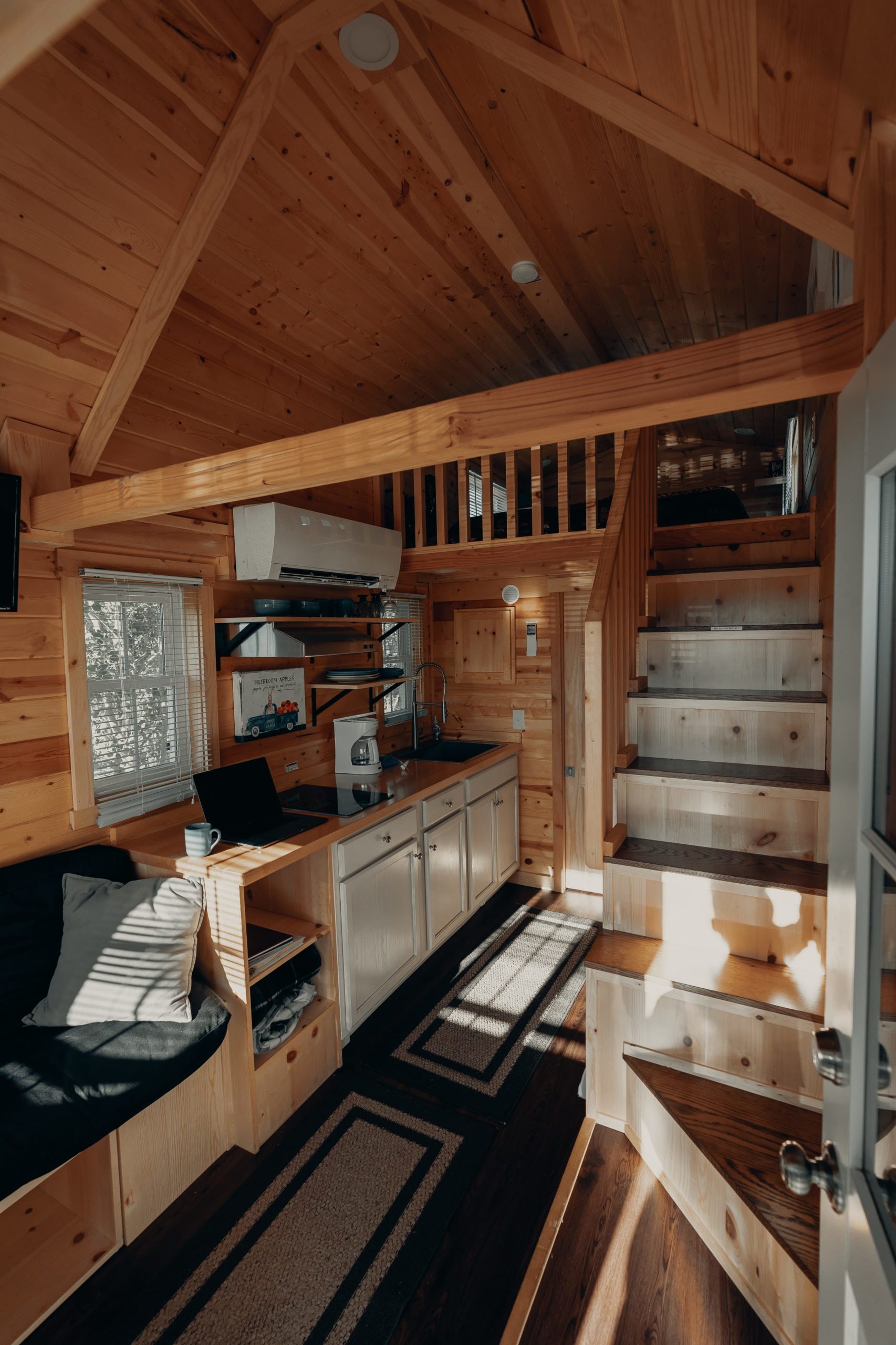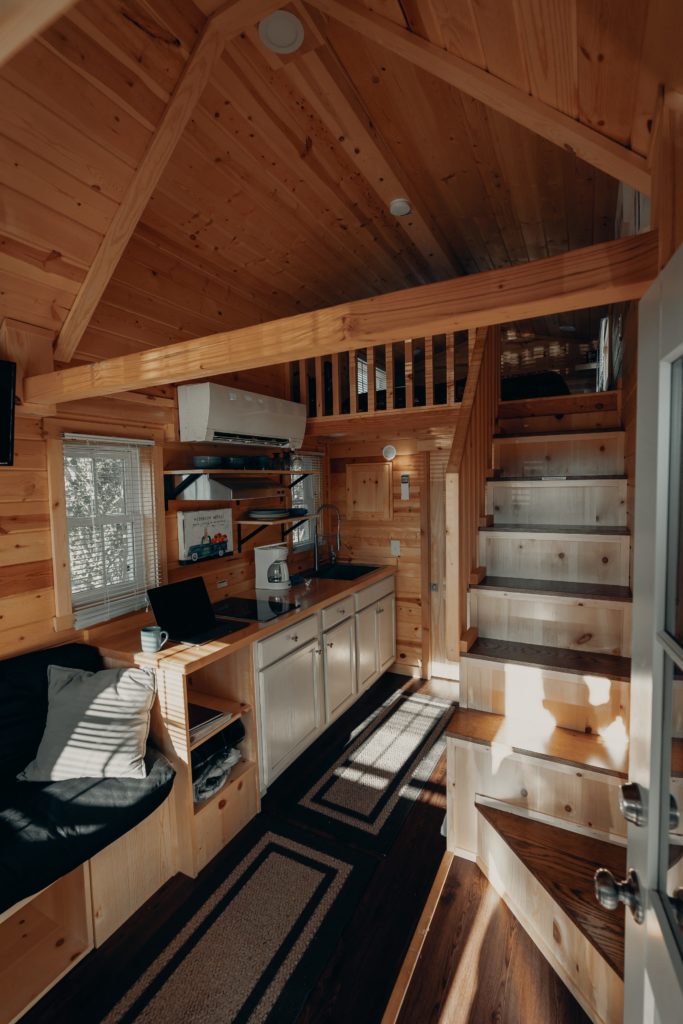
The Life and Death of the Tiny Home Trend

Have you ever seen those super-cool, well-designed tiny homes floating around on your social media feed or all the shows on HGTV and felt a little pang of jealousy? Wouldn’t it be nice to live that minimalistic, nomadic life? Wouldn’t it be nice to get rid of all your stuff, live free and easy with no concerns?
You have to admit, there is a romantic appeal and a whimsical attraction. There are plenty of legitimate reasons to go small. Mobility, a lowered carbon footprint, lower taxes, less maintenance, release from a mortgage and self-sufficiency being top among the top arguments for tiny living.
But then 2020 came, or the kids before that, or the puppy before that, and space felt like the only luxury. While the tiny home trend might be alive and well for a small percentage of the population, it’s just not going to meet the needs of the majority of families in a post-pandemic world.
Let them have space
Architecture and design is primarily concerned with space, form and function. Space has been the real interesting one on American’s minds in the past several decades. From the 70s to now, the average home size has increased by about 1,000 square feet, while the average household size has decreased.
We have seen plenty of variations on space over these decades. From extreme segmentation to the open concept – plenty of room to breathe, making your home feel distant from the claustrophobic past. Post-pandemic, we are seeing yet another shift to separated spaces but with a focus on adaptable layouts, outdoor havens and places to retreat and rejuvenate.
Tiny life? No can do.
Months and months stuck at home can teach you a thing or two about your space and how it feels when it’s pushed to its limits. It has certainly showed many families, designers and architects that we need space now more than ever, but we need it in different ways.
We need an outdoor oasis to get that desperately desired fresh air while still feeling safe and sane. We need adaptable layouts that can transform one room into many forms as we spend more time at home and need our home to fulfill more purposes. We need to move away from the open concept so parents can focus in their offices, kids can let loose in their lounge area and everyone can find the balance between togetherness and alone time.
We also need our home to feel like a haven. This can range from comfort and cleanliness to a complete spa-like experience in a new master bathroom refuge. Unfortunately, tiny homes just won’t cut it for much of the new world’s needs.
And yet, don’t write the tiny home movement off completely.
We can learn some things from the tiny house movement. The innovation and ingenious uses of space are invaluable in architecture and design. These can be utilized throughout the home to transform spaces and make them available for multiple uses without feeling clunky and cluttered. The concept of less being more while lowering our carbon footprint and thinking green in design are also very valuable concepts.
But for the average American family, and for most of our families in the Miami area, tiny homes won’t fulfill all our needs. At least, not for now.
We’re not going to call the tiny home movement dead. There will always be a niche for micro living and it’s important to remember that across the planet, as well as in major cities, space is a luxurious commodity. But for families that need their home to be everything (office, school, home, spa, outdoor adventure, gym and more) tiny just won’t work. Need help finding what works for you? We’re here to design dreams.
